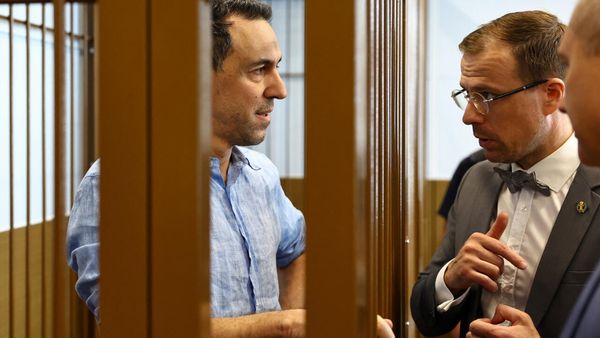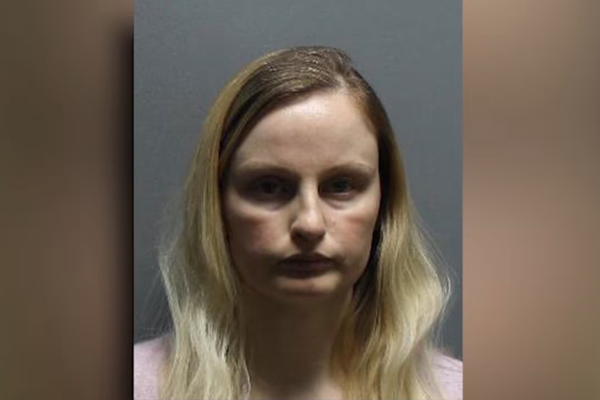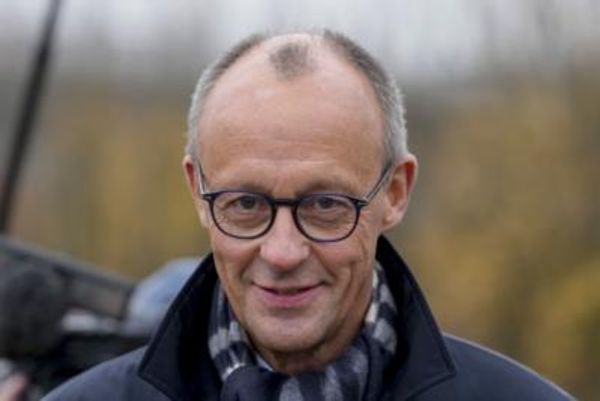
Twenty-five years ago, I predicted a low-key future for the world-famous person I had just excitedly interviewed; a woman once at the centre of the avant garde, but still regularly pilloried in popular culture.
Well, as it is fashionable to admit a failure of judgment, I can now say I was quite wrong about what lay ahead for Yoko Ono. “Today,” I pronounced in 1999 for this newspaper, “it is pretty clear that her art will never be seen as establishment, or even be commercially owned, in the way that the work of many of her New York contemporaries has been appropriated by the mainstream”. Embarrassingly, I also felt the need to convince readers that Ono had once been highly rated by the art world, before her identity as a Beatle’s wife consumed her.
This week, Tate Modern is to present the “largest exhibition celebrating the groundbreaking work of artist and activist Yoko Ono” ever staged in Britain. It will attempt to cover seven decades of the radical, innovative work made by John Lennon’s one-time collaborator and then widow, who is now 90. The show, Yoko Ono: Music of the Mind, will bring together more than 200 of her works, from instruction pieces to scores, installations, films, music and photography.
Back then, when Ono was speaking to a nervous young me, she described herself as “an old tree”. If she had already weathered heartache and ridicule, she is certainly towering above it all now, resplendent with wintery branches.
The point of drawing attention to my flawed prediction is really to salute the power of her unusually positively artistic perspective, which cuts through, despite all attempts to dismiss it. Talking to Ono in the Dakota building apartment she had shared with Lennon in New York, she made it clear that this is why they had connected when they first met at her London gallery show in 1966. So I did pick up some of the right message – starstruck as I was at being handed a mug of tea that bore a self-portrait doodled by Lennon under the word “Imagine”, sitting alone with her in the kitchen where he had baked bread, just a room away from his white grand piano. “The defining elements of Yoko’s sensibility were always her optimism and her mischievousness, and she believes they both dovetailed perfectly with Lennon’s own temperament,” I wrote.
Our conversation came exactly 30 years after the couple’s derided bed-in for peace at the Hilton Amsterdam hotel, and she admitted being troubled about her “lost” artistic reputation. A friend, she said, had argued that her creativity had been saved by not becoming widely celebrated, suggesting it would have been “a dead end”. With quiet, dry wit, Ono told me: “At first I thought, ‘Well, I wouldn’t have minded so very much’, but I realise now that he was right.” She could see it, she said, as “a blessing” that her art works “did not communicate”, adding, “maybe their time had not come”.
Much of Ono’s art consists of this kind of acerbic positivity: an odd concept that perhaps is what makes it art. A lot of the early stuff came in the form of simple instructions, such as stealing a moon in a bucket of water or cutting a hole in the sky. As I left, flustered and looking about me, Ono smiled and said: “If you leave something, don’t worry. I keep it.”
• Vanessa Thorpe is the Observer’s arts and media correspondent







